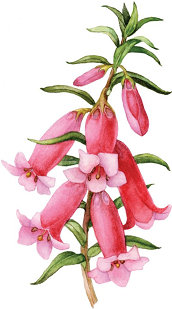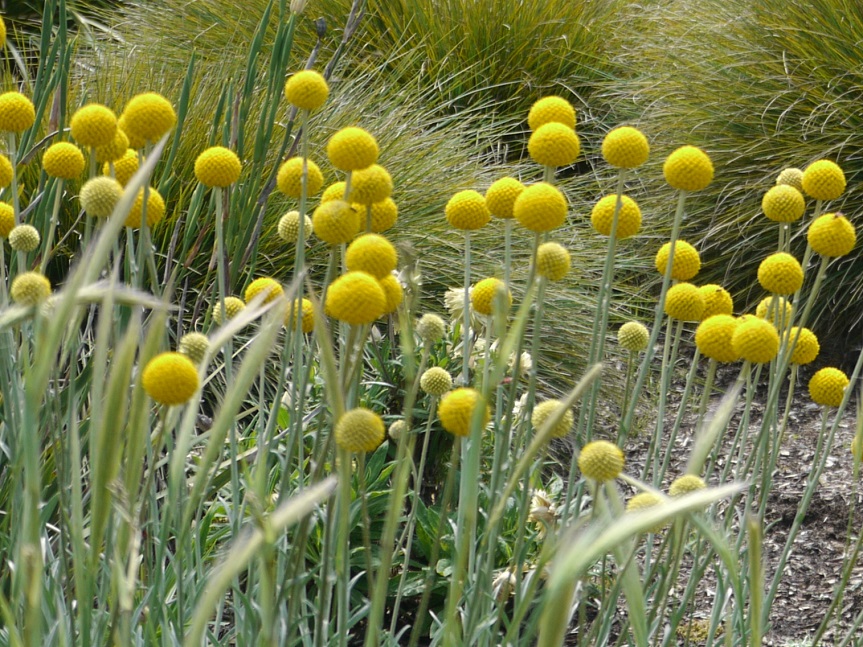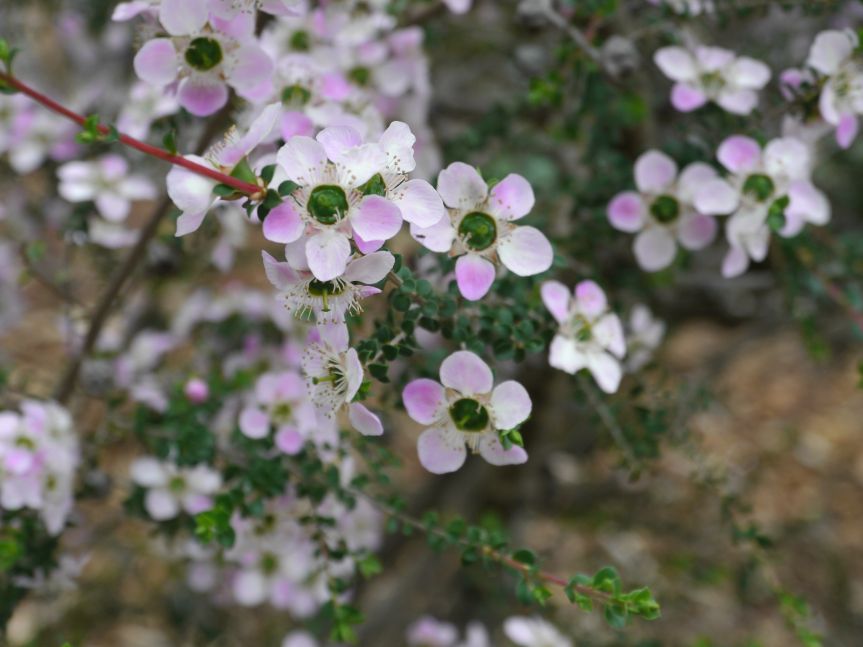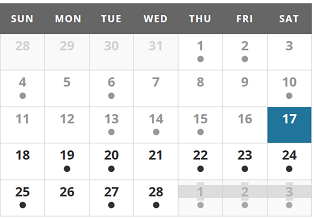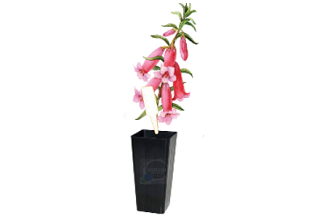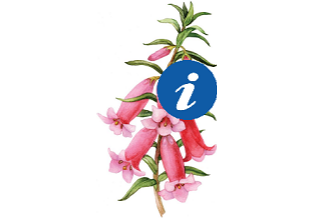The Australian Plants Society (Victoria) is dedicated to promoting, growing and the conservation of Australian native plants, in gardens, community areas and their original environments.
… more about us
From the APS Vic Facebook page
Fire destroys and fire creates. ![]()
![]() Many Australian plants require fire and some thrive after a fire. Yet fire too often in the landscape can reduce species diversity and in fact promote the growth of more flammable species. Fire "management" is a complex and hot topic. Unfortunately the needs of different ecosystems flora and fauna are not considered in planned burns. The theory that "fuel reduction" at large distances from settlements reduces fire risk has been debunked – whilst fire breaks near built up areas are critical in saving lives.
Many Australian plants require fire and some thrive after a fire. Yet fire too often in the landscape can reduce species diversity and in fact promote the growth of more flammable species. Fire "management" is a complex and hot topic. Unfortunately the needs of different ecosystems flora and fauna are not considered in planned burns. The theory that "fuel reduction" at large distances from settlements reduces fire risk has been debunked – whilst fire breaks near built up areas are critical in saving lives. ![]()
![]() Our grasslands biodiversity for example is enhanced by fire every three to seven years to maintain space for a host of flowering plants between grass clumps, whilst wet mountain forests are not adapted to regular fire. (Eucalyptus regnans our tallest tree dies out with repeat fires and temperate rainforest areas also die out with repeat burning).
Our grasslands biodiversity for example is enhanced by fire every three to seven years to maintain space for a host of flowering plants between grass clumps, whilst wet mountain forests are not adapted to regular fire. (Eucalyptus regnans our tallest tree dies out with repeat fires and temperate rainforest areas also die out with repeat burning). ![]()
![]() Genuine "patchwork" burning in ecosystems where plants are adapted to burning should keep a large percentage of an area unburned to promote diversity and reseeding.
Genuine "patchwork" burning in ecosystems where plants are adapted to burning should keep a large percentage of an area unburned to promote diversity and reseeding. ![]()
![]() On the bright side here are photos of some of the flowers and regrowth after wildfires 8 months ago near Beaufort and Pomonal in Victoria. I couldn't help adding in a couple of sun orchids from the trip and the views above on fire topics are purely my own. Names on each photo. Chris Clarke.
On the bright side here are photos of some of the flowers and regrowth after wildfires 8 months ago near Beaufort and Pomonal in Victoria. I couldn't help adding in a couple of sun orchids from the trip and the views above on fire topics are purely my own. Names on each photo. Chris Clarke.
Gotta love those Beetles! 🪲Introducing "A Checklist of Beetles: 100 Common Beetles of Victoria" ![]()
![]() We’re excited to announce the release of "A Checklist of Beetles – 100 Common Beetles of Victoria," the second volume in our insect checklist series! Perfect for nature enthusiasts, this handy guide features 100 beetle species commonly found in Victoria.
We’re excited to announce the release of "A Checklist of Beetles – 100 Common Beetles of Victoria," the second volume in our insect checklist series! Perfect for nature enthusiasts, this handy guide features 100 beetle species commonly found in Victoria.![]()
![]() 📚 Available now for just $10!
📚 Available now for just $10!![]() www.entsocvic.org.au/store/publications
www.entsocvic.org.au/store/publications![]()
![]() This book contains photographs from more than 65 citizen scientists and members of the Entomological Society of Victoria. Visit our store to grab your own copy and get ready to step into the enchanting world of Victoria's beetles!
This book contains photographs from more than 65 citizen scientists and members of the Entomological Society of Victoria. Visit our store to grab your own copy and get ready to step into the enchanting world of Victoria's beetles!![]()
![]() Support the Entomological Society of Victoria and expand your insect knowledge with this new addition to your collection!
Support the Entomological Society of Victoria and expand your insect knowledge with this new addition to your collection!![]()
![]() #BeetlesOfVictoria #Entomology #InsectGuide #NatureLovers #SupportScience
#BeetlesOfVictoria #Entomology #InsectGuide #NatureLovers #SupportScience
It’s inspiring to see graduate students taking the lead on tackling our biodiversity crisis. If you know fabulous presenters why not invite them to apply to be part of this conference.
This content isn’t available at the moment
When this happens, it's usually because the owner only shared it with a small group of people, changed who can see it, or it's been deleted.
Open gardens featuring a huge range Australian plants in and around Heathcote.Hoping to see you all there 🌼
Angus Stewart will be presenting at the next Friends plant sale at the RBG Australian garden Cranbourne.Meet Angus Stewart on Saturday 12 October at the RBGV Cranbourne Plant Sale! Get expert plant advice and answers to your cultivation questions.![]()
![]() Angus will showcase assorted plants for your home garden with presentations at 11am and 2pm.
Angus will showcase assorted plants for your home garden with presentations at 11am and 2pm. ![]()
![]() Don’t miss out!
Don’t miss out!![]()
![]() Horticulturalist, Patron of the Cranbourne Friends and ABC’s Gardening Australia former presenter.
Horticulturalist, Patron of the Cranbourne Friends and ABC’s Gardening Australia former presenter.
